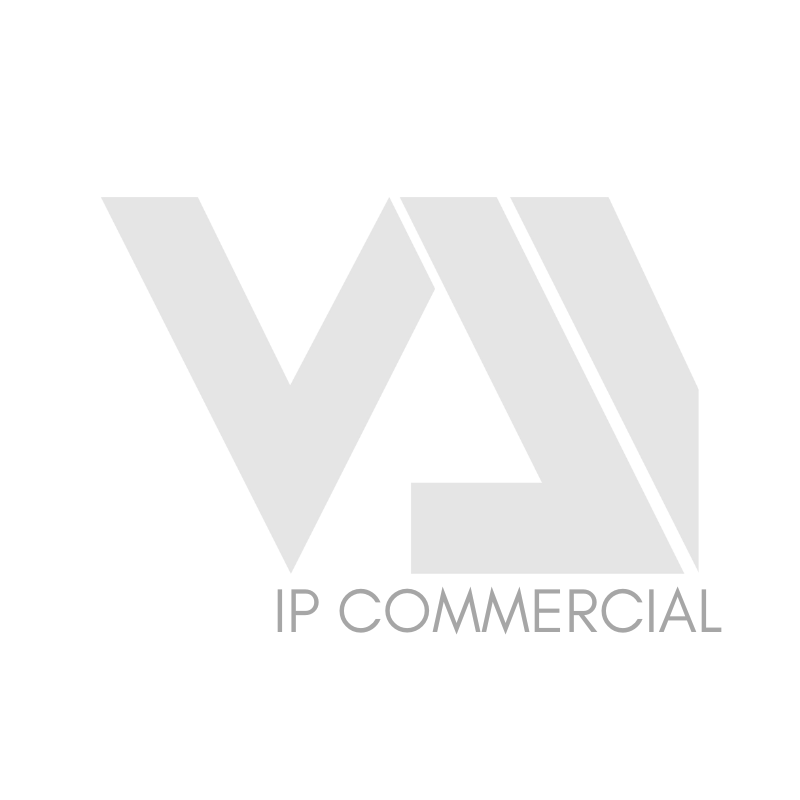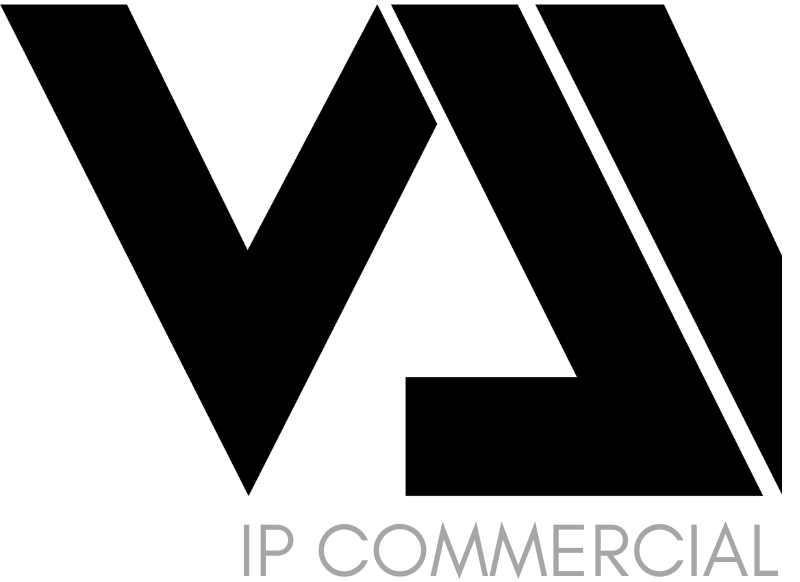If you are thinking of filing a trade mark application in Papua New Guinea, the information below should be handy. We’ve also included the stages we raise our invoices so that you can be sure what stages you can expect to receive invoices.
Generally, the filing and prosecution process is straight forward.
Prepare & Filing Application
When an applicant or its agent files an application with the Intellectual Property Office of Papua New Guinea, the Registrar typically endorses copies of the application and issues a receipt confirming payment of the filing fee. An official notice confirming the filing date and application number is not issued on filing but is usually issued about a week or two after filing.
The filing confirmation is issued under a document titled “Acknowledgement of Receipt” which contains the filing date and the allocated application number. The allocated filing date is the date of filing of the initial application. This date also becomes the registration date should the application proceed to registration. In other words, the date of registration is retrospective to the date of filing.
You should expect to receive the first invoice from us not when the Acknowledgement of Receipt is received but much earlier when the endorsed applications are on hand.
Examination Report
The next stage of the process is for the application to be examined. Examination can take some time so the examination report can be expected between 3 to 6 months from the filing date. It may take less than that or more and this usually depends on how quick the registry is at processing the application.
The traditional approach for many first is to charge on an hourly basis for the time taken to review, seek instructions from the client and address objections (if any) issued during examination.
Here at Vai IP, we’re trying to be more transparent in our billing process which is why we’re able to provide you a quote at the early stages when providing instructions. You might be asking how we would come up with a quote prior to knowing the objections raised in the examination. With over 17 years dealing with this process, we’re able to examine and assess what the likely objections might be (if any). Furthermore, with the availability of an online database, we can conduct some preliminary searches to help us prepare a quote. The bottom line with this approach is to give the client some form of certainty of the likely costs to be incurred for the entire project. If we do quote higher and the application turns out to be straight forward application, we will of course amend our quote to be in line with the actual work done so that clients are not billed higher than the actual work performed.
Acceptance & Publication Notice
In the event that the application proceeds to acceptance, an official Acceptance and Publication Notice will be issued. This notice informs the applicant of the acceptance of the application and further advises the date the application will be published in the official PNG IPO Journal. The journal is issued on a quarterly basis (24th of March, June, September & December). Realistically, the journal is usually issued a week after the scheduled dates or longer in some cases.
Publication in Journal
The Registry now issues the publication in electronic format. As you may know, the publication of the application gives third parties an opportunity to object or oppose an application. The period of opposition is three months although it is possible for this period to be extended should a third party make a successful application for extension of time to the Registrar.
At this point, you can also expect to receive the third invoice (or second if it is a straight forward application where the examiner raised no objections) which covers attendance on the acceptance notice and review of the publication.
Opposition
In the event that an opposition to an application is raised, the costs will certainly be higher. Our fees in attending to the opposition is charged on a time spent basis, however, we can provide an estimate on the likely costs that the applicant may incur as a result of the opposition.
Registration
Finally, should the application proceed to registration, the trade mark will not be registered until the registration fee is paid. You can expect to receive our final invoice which covers attendance on payment of the registration fee, receiving the certificate and sending it to you along with our advice on the effect of registration.
If you have any questions about this procedure, do not hesitate to send us an email at [email protected]

